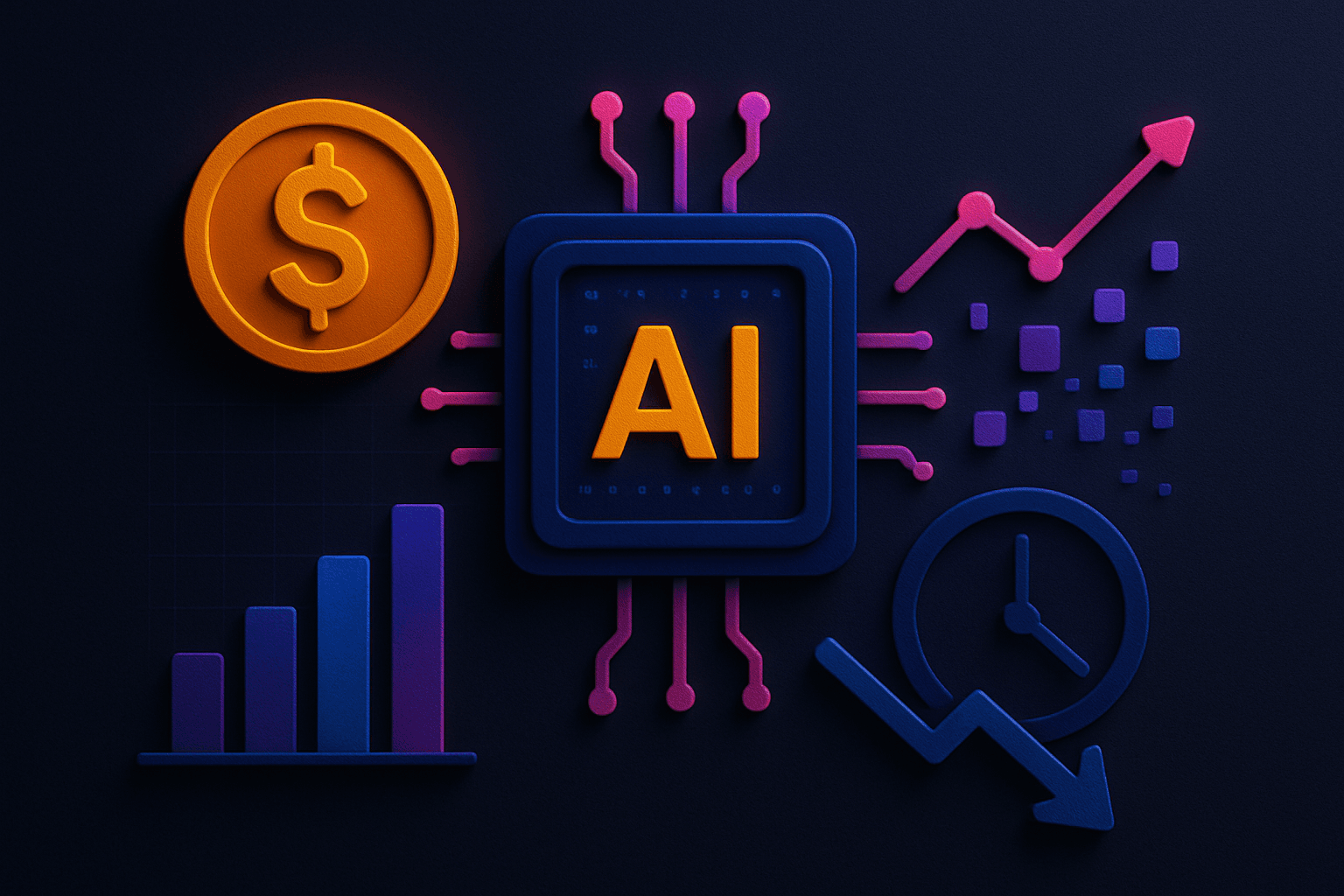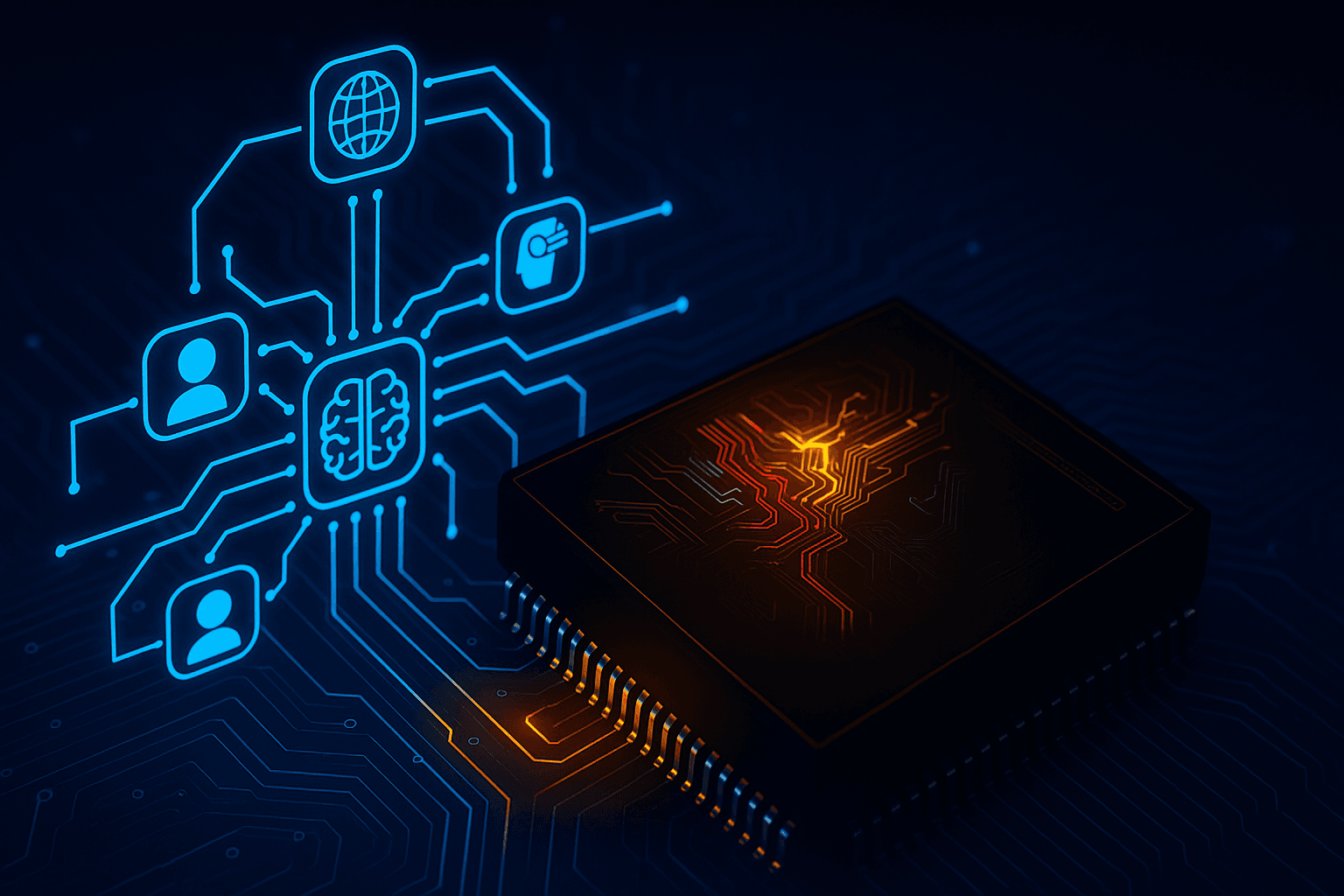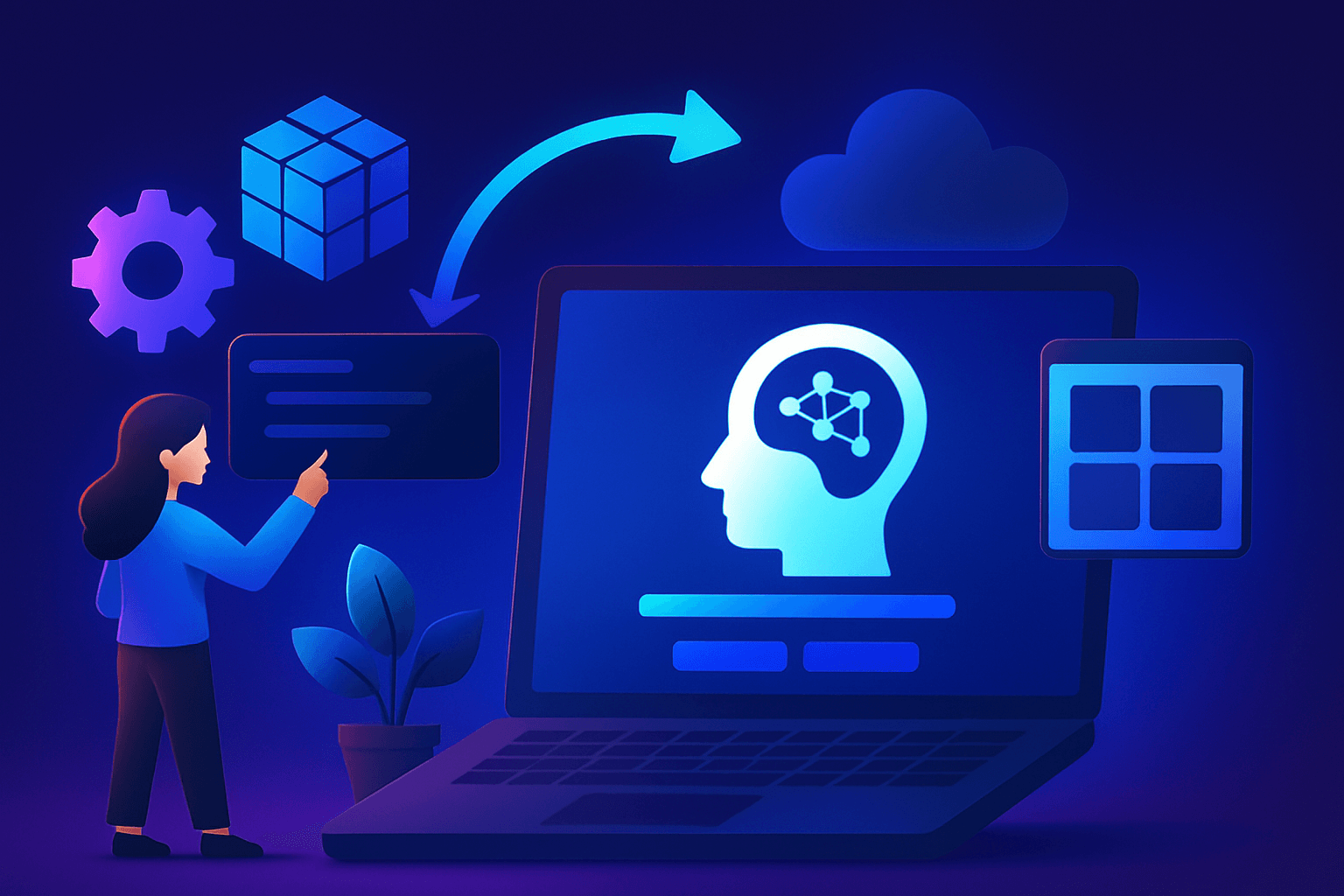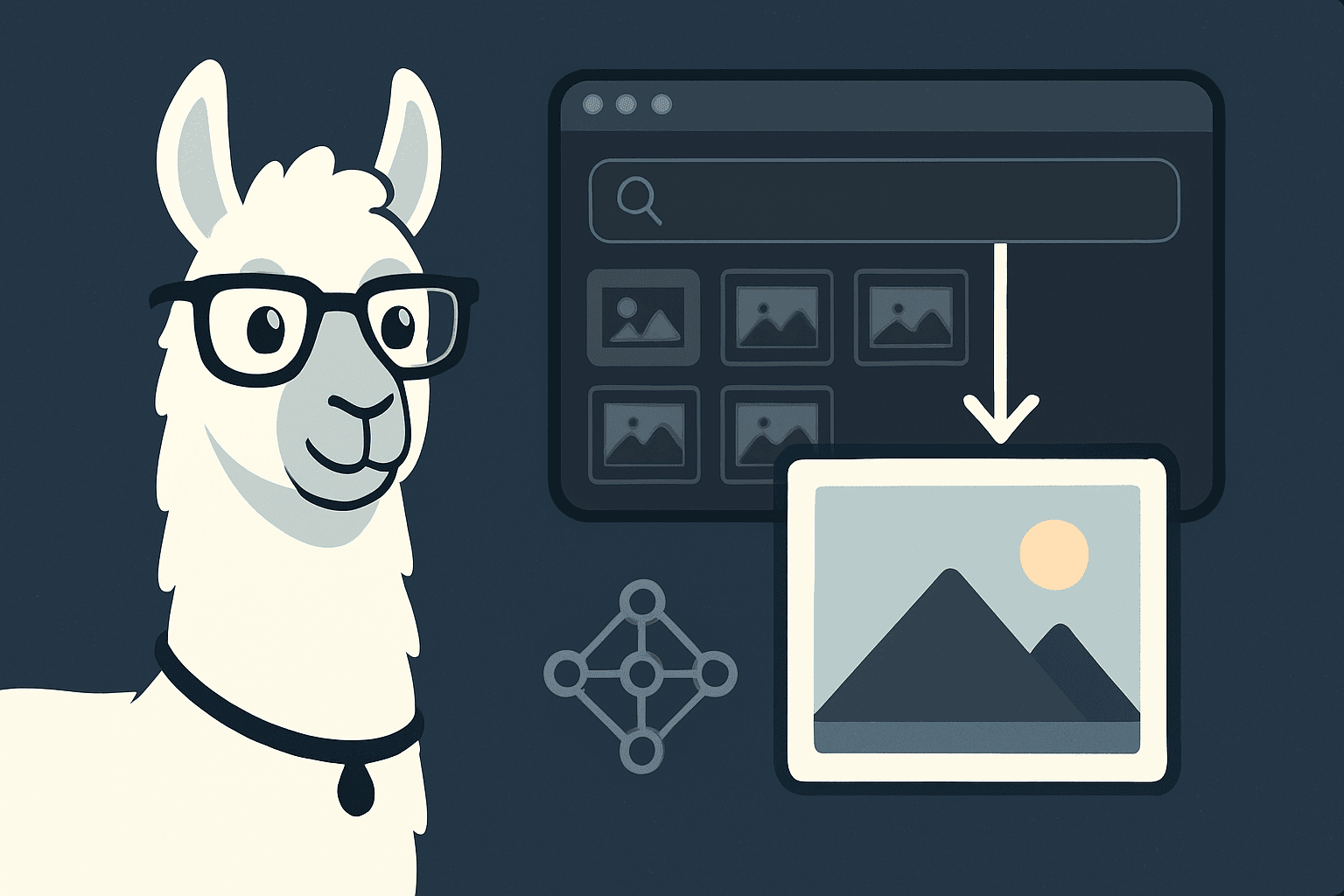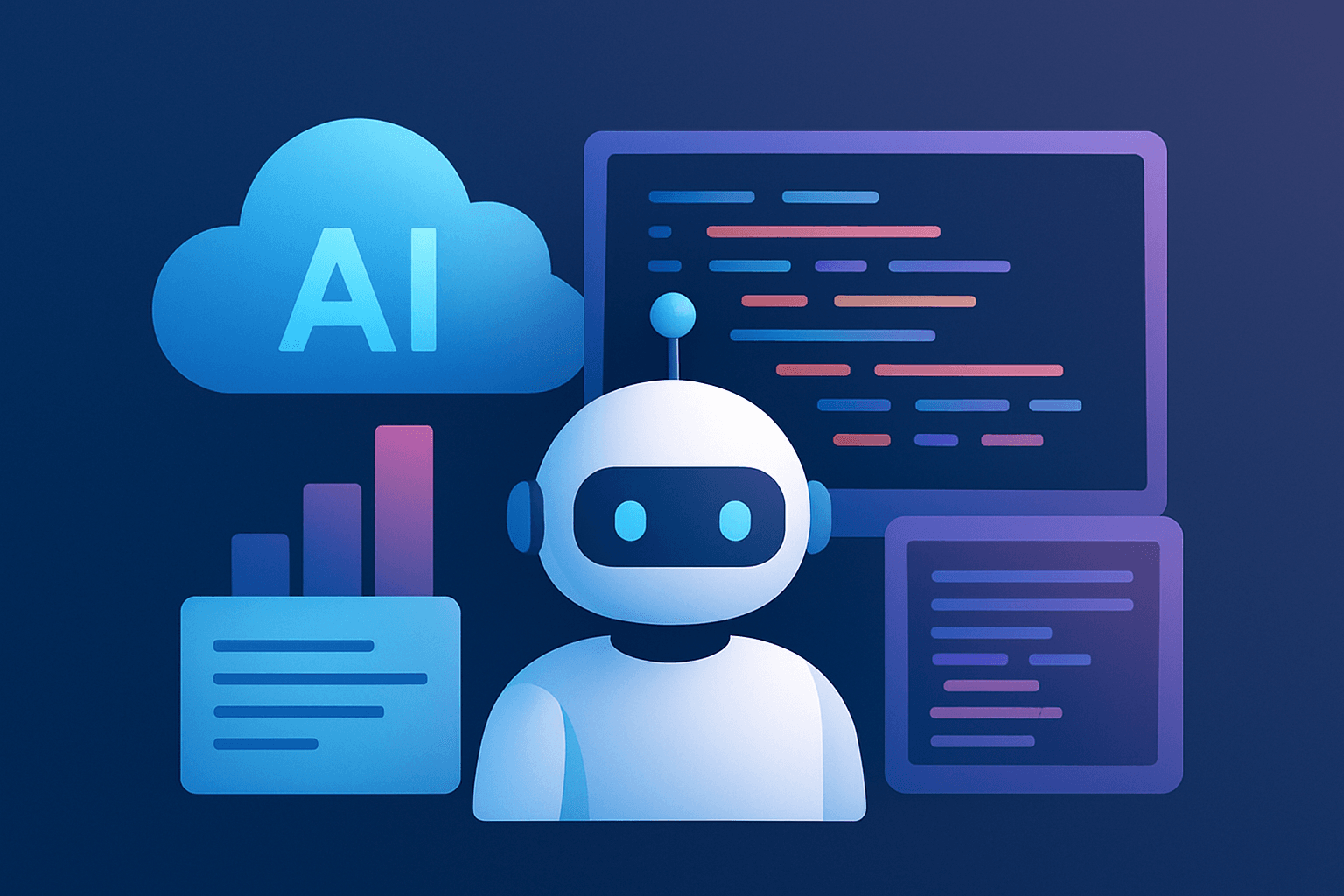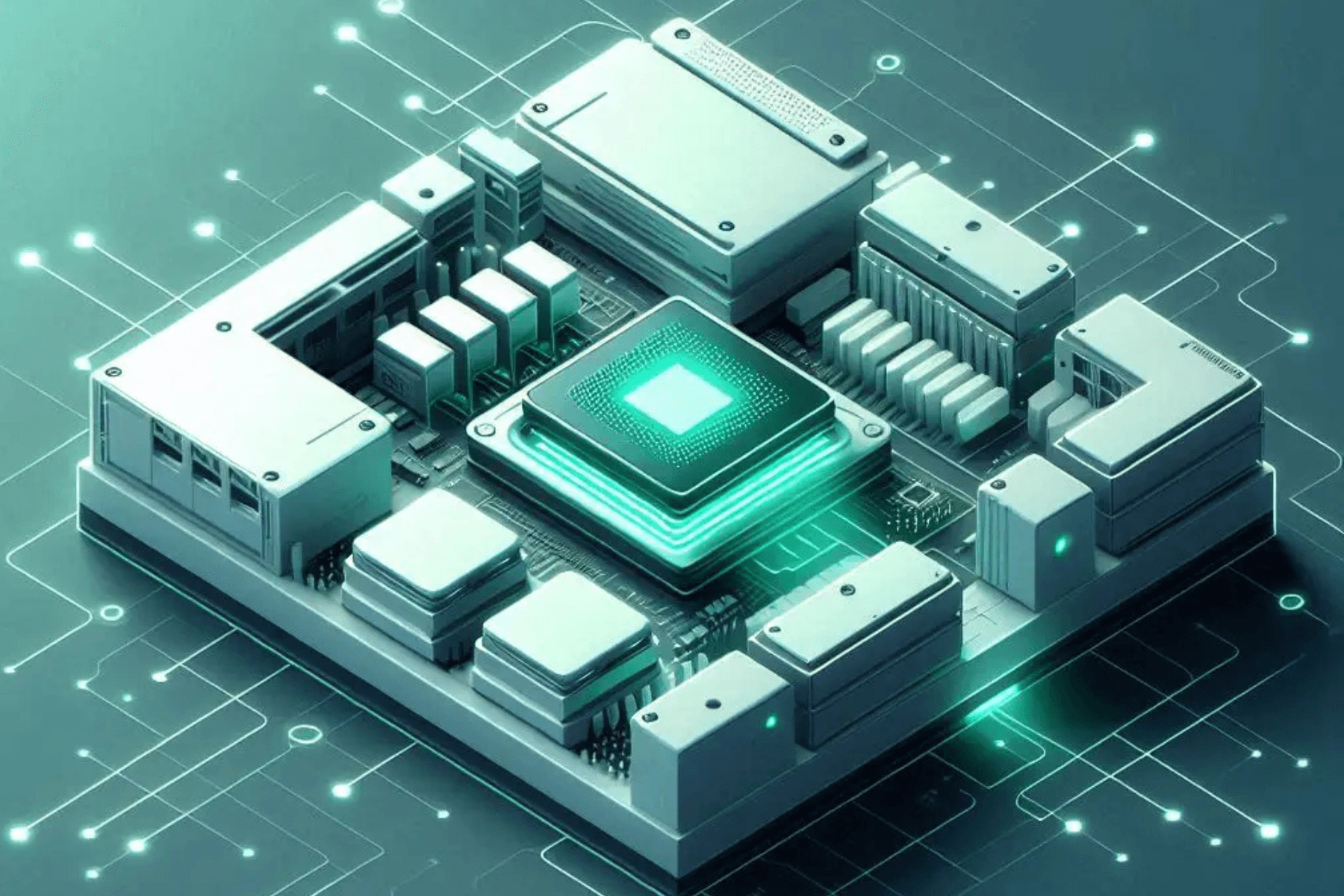What are Plesk integrated Windows Cloud Servers?
Since its foundation back in 2000, Plesk has grown up to become one of the most used web cloud computing control panel software. This innovative control panel, available for Windows, makes it seamless to manage and automate the content on the most used content management platform: WordPress. It is being currently used to automate 12M+ websites and 16.5M+ mailboxes across 140 countries.
When the management of Plesk is merged with the revolutionary cloud servers, we get what we call the Plesk integrated cloud servers. With E2E Networks’ Plesk integrated cloud servers, you can get started with Content Management Systems (CMS) within a few minutes. That’s because we have made CMS simple for you.
What are Plesk Integrated Windows Cloud Servers?
As mentioned, Plesk integrated Windows cloud servers are cloud servers equipped with all the features of Plesk with Windows OS. They let you launch a Plesk server within a few clicks and get you started with efficiently controlling your content across multiple CMS platforms.
The best part is that you can leverage all the Plesk features with cloud servers’ benefits, including enhanced security, centralized collaboration, improved scalability, redundant server environment, and optimal pricing structure. Hence, it brings you the best of both Plesk and cloud computing so that you can quickly scale your business seamlessly.
Plesk integrated Windows cloud servers further enhance the security of your cloud-based websites and web applications with various tools and applications. For instance, Plesk supports tools such as SSL certificate, backup manager (to automate backup), firewall management, and DDOS protection. The blend of Plesk and cloud servers lets you create highly cost-effective innovations. It enables you to work flexibly to get the maximum productivity output. Also, you have the scalability feature that allows you to deploy single or multiple complex sites and applications all within the same time frame.
E2E Networks’ Windows cloud servers come with pre-installed Plesk with all the licenses of Windows OS, making it easier for you to manage nodes, instances, and machines using an interactive Graphic User Interface. Hence, Plesk integrated Windows cloud servers become the best for WordPress multisite cloud computing.
Its simple UI and ease of navigation make it equally beneficial for everyone, making it a must-have Windows server cloud computing control panel.
Who’s Plesk Integrated Windows Cloud Servers for?
Plesk and Plesk integrated Windows cloud servers are for every web professionals, including IT admins, content managers, developers, and digital agencies.
- IT admins
You can manage and automate websites, bandwidth usage, emails, and accounts from a single and simple dashboard. Plesk integrated Windows cloud servers are compatible with several web servers. The feature that will excite you the most as an IT admin is that they provide optimal security.
With tools and technologies such as Firewall management, Rootkit detection, Fail2ban, and DDOS protection, Plesk integrated Windows cloud servers are best for Windows Cloud servers. Not only that, they also give you control by allowing you to provide role-based access, making it the first choice for WordPress deployment.
- Developers
Plesk integrated cloud servers bring you an integrated platform with full-fledged development and deployment platform. They allow you to alter, deploy, and run changes without any hassle right on Windows or WordPress cloud.
The integrated coding framework lets you add, alter, or delete code and access the database on the go. It also gives you access to numerous other features, including SEO tools, CMS, analytics tools, and marketing services on a single tap.
- Content managers
You can choose any CMS platform: WordPress, Drupal, or Joomla based on your preference as Plesk provides support to all. Plesk allows you to manage and automate multiple instances from a single platform. It also allows you to secure your CMS in a single click.
With the most preferred CMS platform, WordPress, Plesk integrated cloud servers provide you with additional benefits as they come with an Ultimate WordPress Toolkit. The Toolkit enables you to mass-manage all the sites, instances, themes, and plugins effortlessly. It also lets you clone your sites and then make changes so that you don’t have to mess with your live website and always have a backup. Hence, with Plesk integrated cloud servers, E2E Networks is the best WordPress cloud server option you have at your disposal.
- Digital agencies
Plesk integrated cloud servers offer a single stop solution for digital agencies. They provide you with a single view dashboard that lets you get a master view across all your Joomla, Drupal, and WordPress projects.
It offers features such as managing multiple servers from a single place, offering value-added services, providing role-based permissions, an advanced development feature set, and a robust CMS toolset. Plesk and Plesk integrated cloud servers with such features make it a win-win for everyone within a digital agency.
What are the Features of Plesk?
Plesk brings you tons of general features, but what makes it stand out from other control panel software is that it also provides specialized components for IT administrators, developers, and digital agencies.
Plesk General Features for Everyone
- Hundreds of extensions: Plesk offers hundreds of APIs, plugins, and other attachments to access internal and external features across multiple CMS platforms and repositories such as GitHub and Bitbucket.
- Domain: Easily add multiple domains and subdomains, and rearrange them among all your subscriptions. Also, secure them with SSL certificates in a click.
- Email: Webmail support for setting up automated email notifications and responses. Plesk also allows auto-detection of clients on Outlook and Thunderbird.
- Database: MariaDB database support for easy management of data on customer sites.
- Files: Upload multiple files simultaneously and search among the uploaded files with the improved file manager.
- Application catalog: Supports multiple third-party applications.
- Backup: Schedule and automate the backup process to prevent losing any data.
- Mobile apps: The pocket-friendly version of Plesk allows you to manage your business on the go.
- Website builder: Supports multiple site builders so that you have the flexibility to create a fully responsive website.
- Multi-language support: It is available in 32 languages.
- Self-repair tool: With advanced monitoring capability and self-repair tool, Plesk can handle minor technical problems without manual support.
Apart from these general features, Plesk offers several exclusive features beneficial for professionals, including IT administrators, developers, and digital agencies.
Plesk Features for IT Administrators
- User accounts: Lets you create accounts and set different credentials for individual users.
- User roles: Grant role-based access to various users for different features and functionality.
- Subscriptions: Create and manage multiple subscriptions efficiently.
- Service plans: Choose from multiple service plans based on disk space and bandwidth requirements.
- Mail server support: Pre-installed mail server support for both Linux and Windows.
- DKIM, SPF, and DMARC protection: Prevent phishing attacks with standard email protection.
- Database management: Manage even vast databases seamlessly.
- System resource usage limit: Limit the amount of usage by an individual subscription.
- PCI DSS compliance: Get PCI DSS compliance for Linux servers.
- Task Scheduling: Schedule various tasks on the go.
- System updates: Update packages manually or set them to be updated automatically.
- Plesk migrator: Migrate to different panels, including cPanel, DirectAdmin, Confixx, and more.
Plesk Features for Developers
- Ready to code environment: Supports multiple programming languages like PHP, .NET, Javascript, Python, Pearl, Node.js, Ruby, and more.
- NGINX: Scale-up PHP processes using NGINX. Also, manage how different websites use cache to enhance the performance of your WordPress sites.
- Git integration: Integrate Git repository to push and deploy your websites from local or remote repositories.
- HTTP/2 support: Speed up the data pocket communication over the network with HTTP/2 support.
- Docker support: Access, alter and push Docker containers to quickly deploy them in your code.
- Command-line interface: Use the command line to monitor, manage, and use Plesk objects to perform different operations.
- XML API: XML API lets you interact with third-party applications.
- SDK: Unique Software Development Kit (SDK) to customize your coding environment.
- Cloud backup: Backup unfinished code to your preferred cloud server.
- Event handlers: Efficiently handle events and set up actions to perform when they are triggered.
Plesk Features for Digital Agencies and Web Designers
- Developer dashboard: Plesk gives you a single-view dashboard to monitor and manage all your projects across different CMS platforms such as WordPress, Joomla, and Drupal.
- Server health monitor: Ensure that all your sites are running smoothly without any interference with the help of a server health monitor. It also lets you keep track of resource usage by a particular website.
- Reports: You can generate and export resource usage reports for all your sites. Analyze the reports to make informed decisions.
- Easy monitoring: Show error messages and warnings from the Plesk interface itself.
- WordPress toolkit: It is an all-in-one toolkit for efficient management of all your sites running on WordPress.
- Joomla toolkit: It is an all-in-one toolkit for efficient management of all your sites running on Joomla.
- Branding: This allows you to easily customize the UI on any website and give your unique touch to the UI to enhance your brand.
- Developer environment: Ready-to-code environment to alter the code and manage small glitches and bugs found in the code.
These are some of the features you get with Plesk. Now, imagine all these features, along with the benefits of cloud computing. That’s what Plesk integrated Windows cloud servers bring to you.
Why Choose E2E Networks’ Plesk Integrated Windows Cloud Servers?
While the features of Plesk integrated cloud servers are tempting enough, the additional benefits of E2E Networks make it the best option for Windows cloud servers. The Plesk integrated cloud servers on E2E Networks’ clouds provides other benefits such as:
- Latest hardware: Our cloud servers are powered by Intel Xeon processors, which are x86 microprocessors suited for servers.
- High reliability: Our Plesk offerings are backed up by a massively 99.9% uptime Service Level Agreement (SLA), ensuring in-time services.
- Best Latency: Our data centers offer a very high-bandwidth and low latency for seamless network communications.
- Full Feature: E2E Networks’ Plesk integrated cloud servers use Plesk Onyx, the latest software version. Since it is the newest version, it is equipped with all the software features, including easy setup and optimal security.
- Content management: Pre-installed Plesk in our Windows cloud servers, allows you to deploy content within a few minutes. Also, the cloud development framework for Plesk makes it easier to code, develop, and deploy content across all CMS platforms.
- Access: We allow you to take control of everything. With our Windows VPS cloud computing, you get full root access along with all the administrative privileges on the server itself. Our Windows virtual cloud server allows you to run your own cloud copy, thereby giving you super-user level root access.
All these features and additional advantages make us the best Windows cloud provider. With all these advantages to leverage, you will handle all your resources, applications, and sites much more efficiently.
Our Plesk integrated cloud servers’ pricing system is broadly categorized into two groups: one with 30 domains and unlimited domains. You can also select from multiple plans and compare the clouds to choose the optimal pricing for yourself. Hence, apart from providing the best Windows cloud servers, we also offer everyone an affordable price range.
If you have any other queries, refer to our E2E’s Plesk FAQ page for help and assistance.
We provide Plesk integrated Windows cloud servers at minimal hourly rates, giving you a Windows cloud server option that provides value for money. You can leverage E2E Networks’ Windows cloud servers to run your mission-critical applications on the cloud servers through Plesk innovative control panel.
Apart from the Plesk integrated servers, we also provided services for top Windows cloud servers and other cloud computing services. You can leverage a high memory cloud server, cPanel server, and NVIDIA GPU cloud server, among others.
